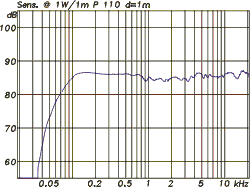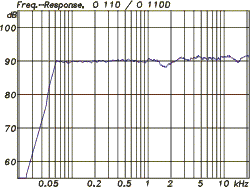Tim,
1) I fail to understand what you learn from comparing "active and passive crossovers with the same speaker design". Such thinks are very different in response, safe for a few designs that have very simple passive crossovers and can not be considered representative of high-end loudspeakers. And sometimes the enhancement in clarity and transient response is carried at the expense of other aspects of the speaker sound quality.
I firmly believe that good designers can idesign great active speakers f they are allocated resources and time - I have listened to examples of them, such as the original B&W Nautilus four way snails twenty years ago. But it needs great expertise. 2) It is not just an affair of picking some amplifiers and tweaking a digital crossover during the weekend.
My reserves come from the hype of the active sector - 3) I own and have played in the past with a Behringer DCX 2496, that most active speaker proponents consider a great crossover. IMHO when it is used as a high pass crossover it sounds poor and clearly compromises my system. My experience was carried with SoundLab A1PXs, bypassing the existing passive crossover (6dB low pass, 12 dB high pass). YMMV, as you often say.
1) Would it make more sense to you to compare active and passive speakers of very different design?
2) I don't think anyone has implied that it is.
3) If ever there was a company that fit the description "Good for the money," it is Berhinger. But they make some of the least expensive pro gear on the market and are still trying to crawl out from under a reputation for poor reliability. Not a good example. In my view, any hobbyist playing with active crossovers and bi-passing passive crossovers in an existing passive system is a very bad example from the start, doomed to deliver bad results. The best active systems I've heard were engineered from the ground up to be active, and fully integrated by professionals, not patched together in someone's living room with cheap pro crossover. Search for synergy that way if you must. I'll seek professional design and execution.
Tim
















